Pennsylvania literally translates to “Penn’s Woods,” a fact which is likely unsurprising to anyone that’s traveled through Pennsylvania’s northern tier. Looking out over the landscape, trees stretch as far as the eye can see in nearly every direction. However, in the early 20th century, the landscape was much, much different.
When William Penn set up his colony along the banks of the Delaware River, it is estimated that Pennsylvania was 90% covered by forest. As more and more settlers flocked to the region, Penn’s Woods were a quick source of building materials, and the Pennsylvania lumber industry was quickly booming. By the 1920s, all that was left of these great woods were a few strands of inaccessible and protected first-growth forest.
It was then that the state government and the Civilian Conservation Corps stepped in, purchasing thousands of acres of land and rebuilding these mighty forests. Today, Pennsylvania’s lumber industry still exists but is better balanced against the beauty of the great forests of Pennsylvania.
However, while the industry may have largely moved on, its impact on the foundations of Pennsylvania is remembered today at the Pennsylvania Lumber Museum along Pennsylvania Route 6 in Potter County.
The Pennsylvania Lumber Museum was first opened to the public in 1972, directly across the street from the now-abandoned ski resort at Denton Hill State Park, with the goal of educating the public on the history and legacy of lumbering in Pennsylvania. It recently underwent a major renovation and was reopened in May 2015 with many new exhibits.
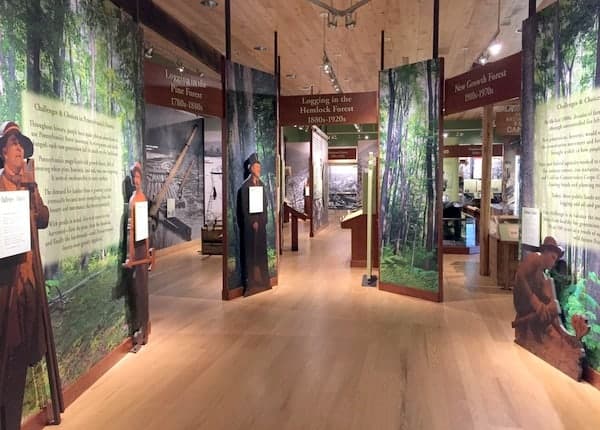
I had the chance to tour the museum for the first time just a few months after it was reopened to the public. I was guided around the museum’s new exhibits by Joshua Roth, the administrator of the site. The new museum is designed to appeal to all ages. As Roth told me, “Grandpa can read the signs while the kids can play with the many interactive exhibits.”
What I liked most about the museum was its new theme, “Challenges and Choices.” The museum here covers the delicate balance between nature and the need for lumber. Unlike some industry museums I’ve visited in Pennsylvania, it didn’t feel like a pep rally for the industry but did a great job covering the industry’s benefits and negative effects on our everyday life.
It accomplished this by breaking the museum into two relatively equal parts: the history of logging and conservation in Pennsylvania.
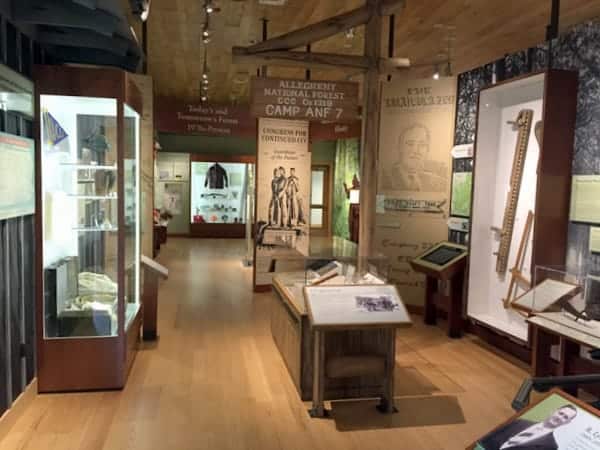
In the history of logging area, the Pennsylvania Lumber Museum covers how and why the logging industry grew in Pennsylvania.
The museum combines authentic pieces of logging equipment and great signage and visuals to make for a very readable exhibit. There are even several interactive sections of the museum, such as a replicated logging raft that allows visitors to climb on and feel what it was like riding down the Pennsylvania rivers on these handmade rafts.
In the museum’s section on conservation, it discusses how Pennsylvania managed to recover from the effects of over-logging, and how that conservation work continues today. The museum covers conservation topics such as firefighting CCC projects, and important Pennsylvanian conservationists. They even have a very cool Model T Runabout from 1917 that was used by R. Lyman Emerick to inspect the forests of Potter and McKean Counties.
Out of the museum, there is a replica logging camp designed to teach visitors what it was like to live and work as a logger in the early 20th century. The dozen or so buildings that dot the landscape alongside the museum cover all aspects of a logging village, and including places like a sawmill, blacksmith shop, and even a mess hall. Inside the buildings, there is also a locomotive from 1912 that showcases the importance of the railroad in logging.
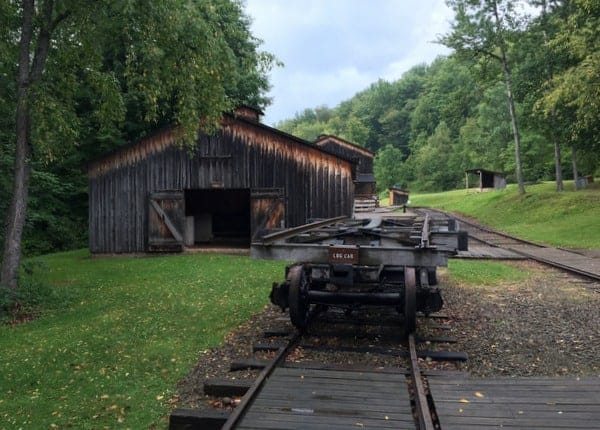
While this section of the museum is from the 1970s and is beginning to show its age in places, it still provides a lot of great information about logging and is perfect for those who want to learn more about what it was like to be a logger in early 20th-century Pennsylvania. It’s worth noting that many of these outdoor areas aren’t exactly handicap or stroller-friendly, as there are several areas of narrow passageways and stairs. Hopefully that will change if and when this outdoor display is updated.
Overall, I really enjoyed my visit to the Pennsylvania Lumber Museum in Potter County. It does a great job showcasing an unbiased view of the history of logging and conservation in Pennsylvania. Even if you’ve visited in the past, the new exhibits at this excellent museum make a return visit well worth it.
Note: My visit to the Pennsylvania Lumber Museum was hosted by the museum. However, the opinions expressed are my own.
Want to visit more sites in the area? Check out the nearby Triple Continental Divide, Cherry Springs State Park, and the Coudersport Ice Mine.

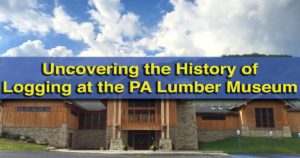
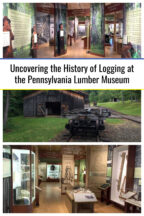
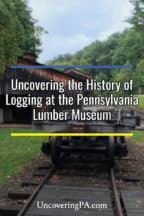
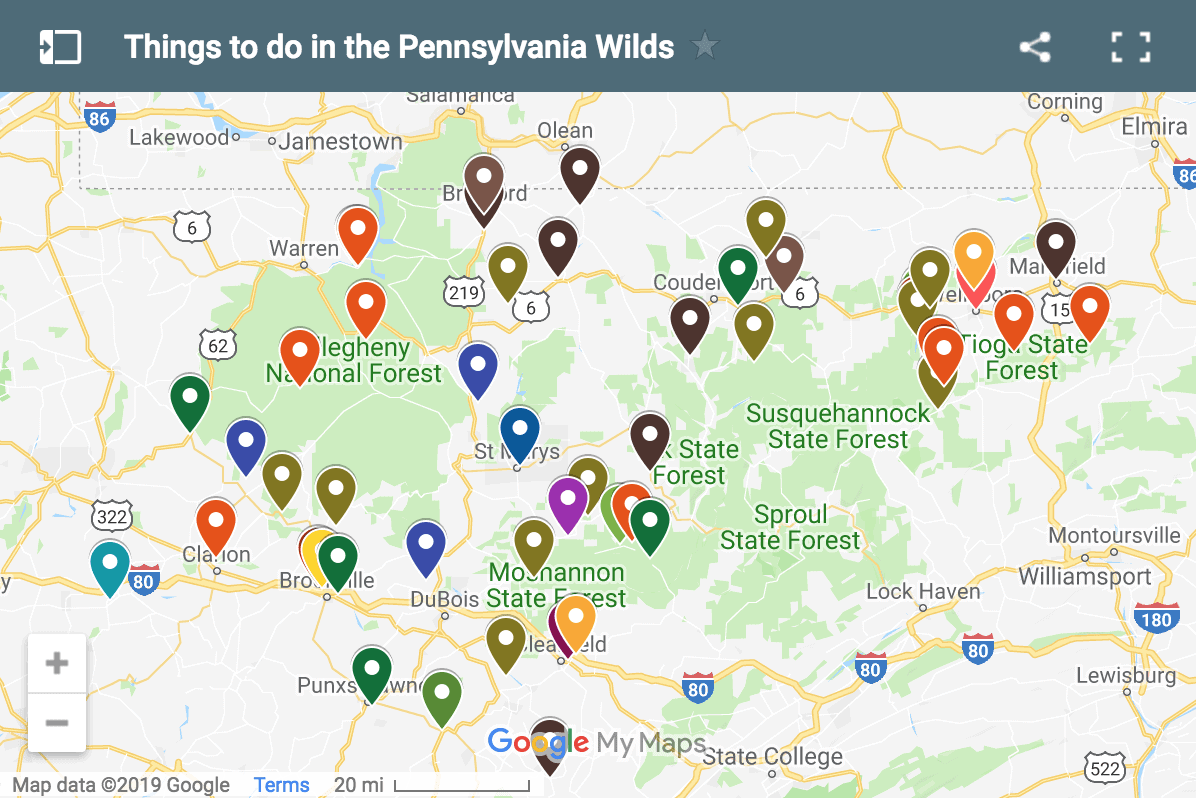 "
"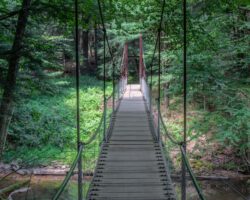
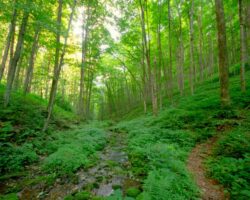
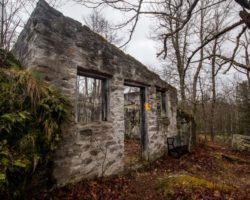
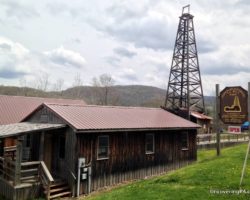

Really enjoy articles about P A. Keep it up.